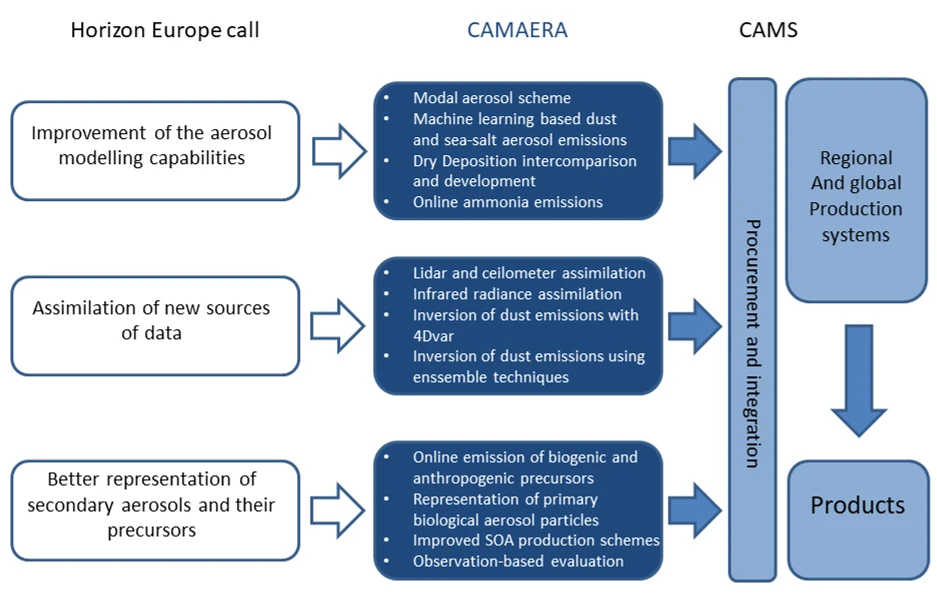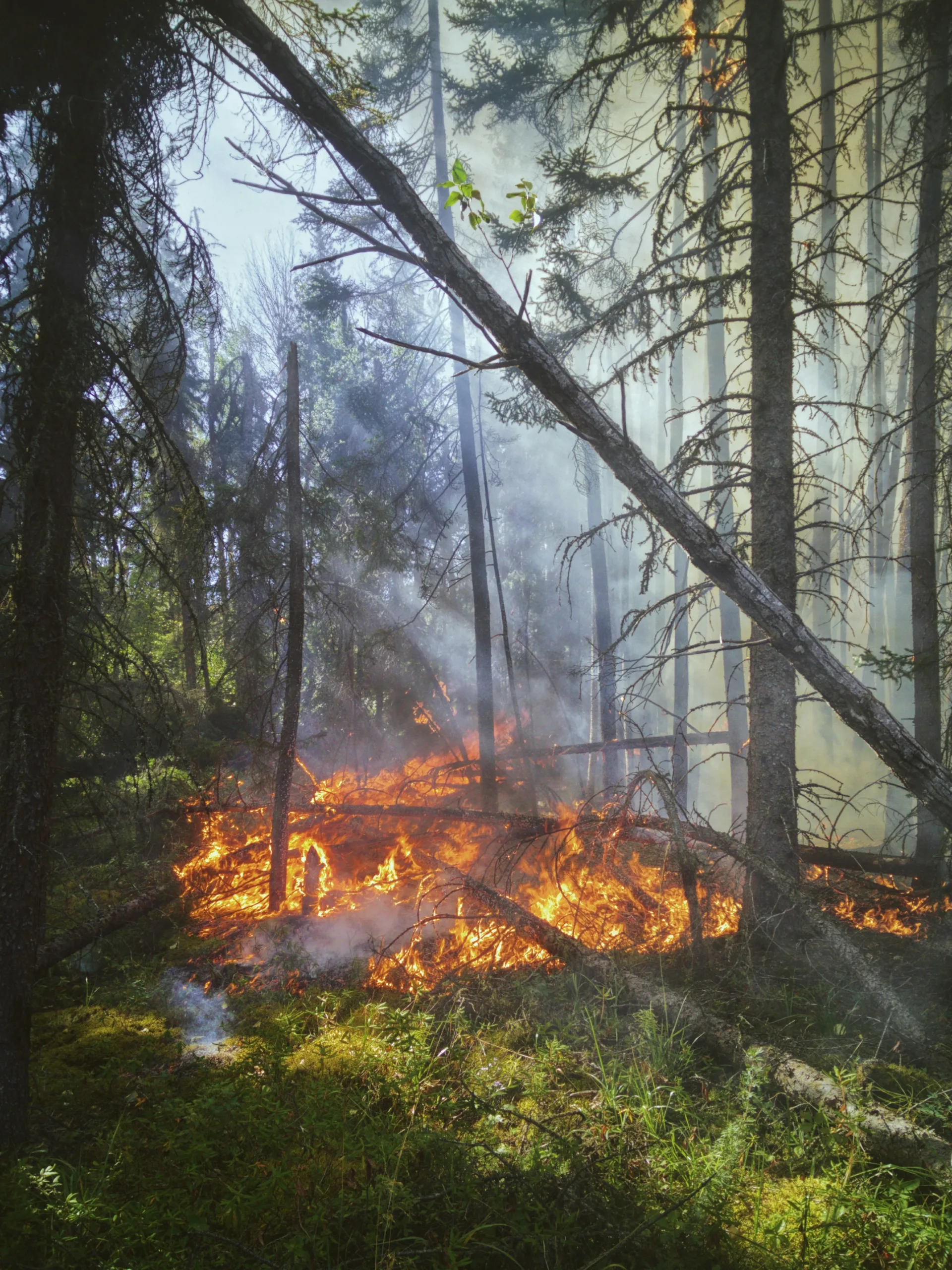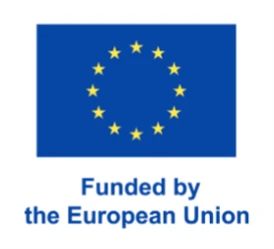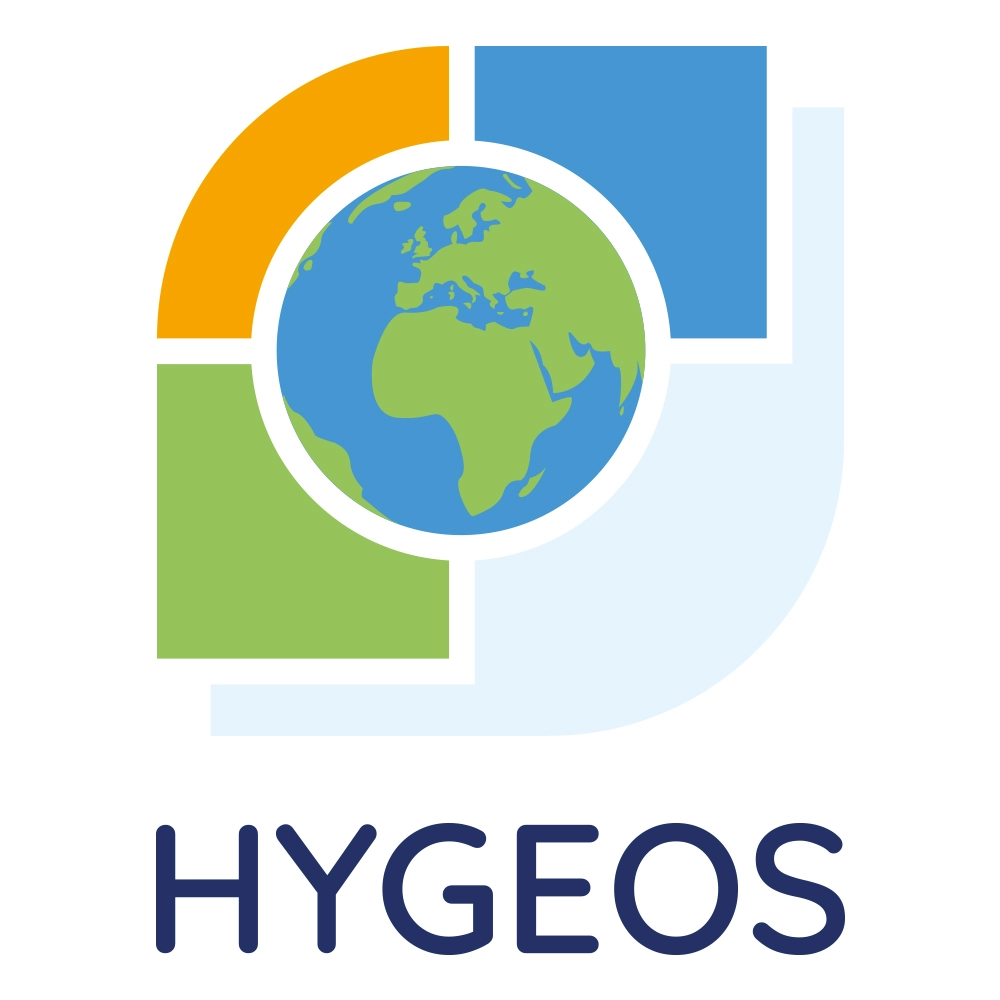Objectives
The Horizon Europe-funded CAMS AERosol Advancement (CAMAERA) project aims to enhance the quality of the aerosol products delivered by the Copernicus Atmosphere Monitoring Service (CAMS) through improvements of the modelling capabilities and data assimilation aspects of the CAMS regional and global systems.

CAMAERA aims to provide strong improvements of the aerosol modelling capabilities of the regional and global systems, on the assimilation of new sources of data, and on a better representation of secondary aerosols and their precursor gases. In this way, CAMAERA will enhance the quality of key products of the CAMS service such as PM2.5, PM10 and therefore help CAMS to better respond to user needs such as air pollutant monitoring, along with the fulfilment of sustainable development goals. To achieve this purpose, CAMAERA develops new prototype service elements of CAMS, beyond the current state-of-the-art. It is done in very close collaboration with the CAMS service providers, as well as other CAMS-related projects. In particular, CAMAERA complements research topics addressed in CAMS EvOlution (CAMEO) project, which focuses on the preparation for novel satellite data, improvements of the data assimilation and inversion capabilities of the CAMS production system, and the provision of uncertainty information of CAMS products.

Main topics of the Horizon Europe Call, the CAMAERA response and the subsequent implementation in CAMS.
Challenges
To remain at the forefront and respond to new societal questions, the CAMS production systems must address new challenges, the most prominent being those associated with aerosol-related products. These challenges are manifestations of CAMS user requirements and current research priorities recognized by the scientific community. These concern:

- a more accurate representation of the emissions and surface fluxes from anthropogenic and natural sources, vegetation and vegetation fires,
- a better representation of aerosol processes such as secondary organic aerosol production and loss by deposition,
- an improved impact of assimilated satellite and in-situ observations on CAMS products
- the readiness to fully exploit the potential of earth observations from upcoming European satellite missions.
CAMAERA focuses mainly on issues 1, 2 and 3, while issue 4 will benefit from CAMAERA’s work after the project is finished. CAMAERA’s ambition is to create links with the latest research on the listed topics, and, where applicable, to apply novel techniques based on machine learning. A supplementary ambition is to strengthen the interaction between the regional and global components of CAMS, as well as to exploit the diversity of the regional model groups by fostering the uptake of CAMAERA developments, which are initially carried out in single models, in as many models as possible.





